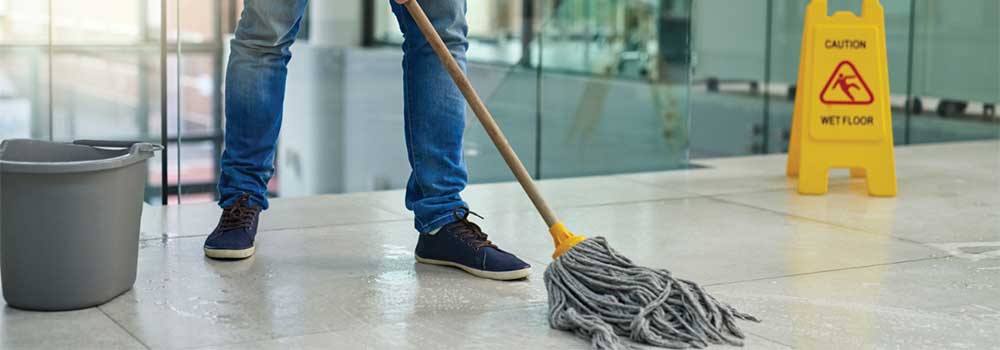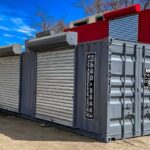The potential for a slip-and-fall disaster to occur anywhere is cause for concern for people’s health and safety. Prevention measures should be taken seriously in domestic and commercial settings to reduce the likelihood of accidents.
This article will discuss crucial safety practices that might reduce the possibility of slip and fall accidents. These steps will make your home, workplace, and guests safer for you and those you care about. Continue reading before you look for attorneys that handle nursing home neglect.
Maintain Clean and Dry Surfaces

Maintaining clean and dry walking surfaces is one of the most effective techniques to reduce the number of slip-and-fall incidents. The likelihood of slips and falls may be drastically reduced via routine cleaning and the rapid removal of spills and debris.
Make it a habit to sweep, mop, and vacuum the floors regularly, giving extra attention to frequently walked-upon areas. Please ensure the cleaning chemicals you use are safe for the flooring material and use them often.
Place absorbent mats or rugs in high-traffic areas like kitchens and entryways to contain spills and keep the floor dry. However, these mats must be inspected and replaced often to avoid creating tripping hazards. Fix any plumbing or leaks that might cause damp areas immediately.
Adequate Lighting
An important factor in avoiding slip and fall incidents is having enough illumination. There is an increased danger of tripping or falling due to insufficient description, which may make it harder to discern obstructions, changes in elevation, or other hazards. Having sufficient reports in all areas of your house or business is a simple way to increase security.
Always keep an eye out for burned-out light bulbs and swiftly replace them. More lighting fixtures or brighter bulbs should be installed in poorly lighted places, such as lobbies, corridors, and stairwells. It is essential to provide enough lighting in outside areas such as walkways, parking lots, and entrances so that they may be easily navigated at night.
Secure Loose Floor Coverings
Rugs, mats, and carpets may improve the look and feel of a space, but they can also pose a safety risk if they aren’t fastened down. Shifting floor coverings may cause people to lose their footing and fall if they are not securely fastened. It is crucial to safeguard these valuables to avoid such mishaps properly.
Place non-slip pads or adhesive tape underneath area rugs and mats for this purpose. Tripping hazards are reduced because of the traction and stability these materials provide for floor coverings. Rugs and carpets may be harmful if they are not adequately flattened and the edges are not tucked under.
Clear Walkways and Clutter
Preventing slip and fall incidents in homes and workplaces requires clear, unobstructed paths. The danger of injury from trips and falls is increased when walking areas are disorganized. It’s essential to make it a routine to clear the tracks and keep everything neat.
To keep people safe, conducting regular risk assessments of the places they travel through is essential. Any potential trip hazards, including boxes, cables, or things left in the way, should be removed. Ensure that everyone in the home or office does their part to keep shared spaces neat and clutter-free.
Install Handrails and Grab Bars
Staircases, restrooms, and ramps all benefit from the addition of handrails and grab bars. These aids provide the user more stability and support, making them less likely to fall. The bathroom, the kitchen, and the foyer are all prime candidates for slip-resistant flooring.
Wet flooring and construction zones are two examples of situations when temporary warning signs are warranted. If people are well informed, they are more likely to adopt safety measures.
Businesses should provide frequent safety training sessions to teach workers to avoid slips, trips, and falls. Foster honest dialogue and a heightened focus on safety. Talk to experts, like attorneys that handle nursing home neglect, if you need help figuring out how to apply safety measures or spot possible dangers. You can count on them for in-depth, problem-solving advice.
Conclusion
Maintaining a safe workplace and taking preventative steps are essential for avoiding slip-and-fall incidents. Handrails, other assistive devices, routine maintenance, good lighting, and stable flooring all contribute to a secure setting.
Slip and fall accidents may be avoided to a large extent if people are educated about the risks they face and given the proper training. Always remember that the best defense is a good offense and that money spent on safety upgrades benefits everyone on the property.











